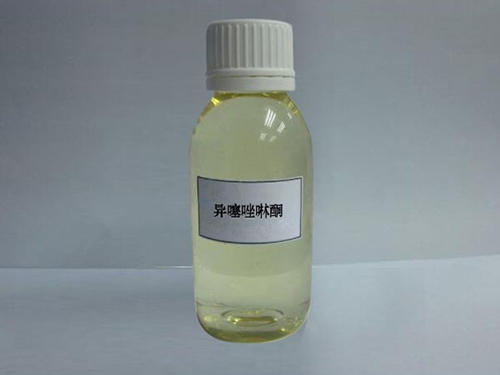Exploring the Benefits of Zn HEDP in Zinc-Based Applications and Its Environmental Impact
Understanding Zn-HEDP A Comprehensive Examination of Zinc Hydroxyethane Diphosphonate
Zinc Hydroxyethane Diphosphonate (Zn-HEDP) is an important compound that has gained significant attention in various fields, including medicine, agriculture, and water treatment. As a derivative of hydroxyethane diphosphonic acid (HEDP), Zn-HEDP combines the beneficial properties of zinc and the diphosphonate group, leading to a versatile application spectrum.
Chemical Structure and Properties
The chemical formula of Zn-HEDP reveals its complex structure composed of zinc ions bonded to hydroxyethane diphosphonate ligands. The diphosphonate groups are known for their ability to bind to metal ions, which enhances the stability and solubility of the compound in aqueous solutions. The presence of zinc not only provides essential micronutrients but also contributes to the compound's unique biochemical properties.
Zn-HEDP is typically produced as a white crystalline powder that is odorless and soluble in water. Its stability allows it to resist decomposition under common environmental conditions, making it an attractive candidate for various applications.
Applications in Agriculture
In agriculture, Zn-HEDP is recognized for its role as a micronutrient fertilizer. Zinc is crucial for plant development as it plays a vital role in enzyme function, chlorophyll synthesis, and protein production. Deficiencies in zinc can lead to stunted growth, poor crop yields, and impaired development. By using Zn-HEDP as a fertilizer, farmers can effectively supply zinc to their crops, improving growth and increasing yields.
Moreover, Zn-HEDP enhances the availability of zinc in soils, especially in alkaline conditions where typical zinc fertilizers may be less effective. This makes Zn-HEDP especially valuable in regions with high pH soils, ensuring that crops receive adequate nutrition to thrive.
'zn hedp 锌hedp'

Role in Water Treatment
In the realm of water treatment, Zn-HEDP serves as an effective scale and corrosion inhibitor. Its ability to chelate metal ions helps prevent the formation of scale in industrial water systems, which can lead to significant maintenance issues and operational downtime. By incorporating Zn-HEDP into water treatment processes, industries can enhance efficiency, extending the life of equipment and reducing overall operational costs.
Additionally, Zn-HEDP has been studied for its effectiveness in controlling biofouling in cooling systems, which often suffer from the proliferation of bacteria and algae. The biostatic properties of Zn-HEDP contribute to maintaining clean and efficient water systems.
Medical Applications
The potential of Zn-HEDP extends into the field of medical research, particularly in the area of bone health. Preclinical studies have indicated that Zn-HEDP may promote osteogenesis, the process of bone formation. Given that zinc is essential for numerous biological functions, including the maintenance of bone tissue, the development of Zn-HEDP as a therapeutic agent holds promise for treating conditions like osteoporosis.
Further research is ongoing to explore its effects on different biological systems and its potential for incorporation into pharmaceutical formulations. The dual function as a zinc supplement and a diphosphonate compound positions Zn-HEDP uniquely for future medical advancements.
Conclusion
Zinc Hydroxyethane Diphosphonate (Zn-HEDP) encapsulates a broad spectrum of applications across agriculture, water treatment, and medicine. Its unique chemical properties provide essential benefits, particularly in enhancing nutrient availability for crops, preventing scale formation in industrial systems, and promoting bone health in medical applications. As research progresses, it is likely that the scope of Zn-HEDP's applications will continue to expand, providing innovative solutions to contemporary challenges. Understanding and harnessing the potential of Zn-HEDP will undoubtedly contribute to advancements in health, agriculture, and environmental management.
-
Water Treatment with Flocculant Water TreatmentNewsJun.12,2025
-
Polymaleic AnhydrideNewsJun.12,2025
-
Polyaspartic AcidNewsJun.12,2025
-
Enhance Industrial Processes with IsothiazolinonesNewsJun.12,2025
-
Enhance Industrial Processes with PBTCA SolutionsNewsJun.12,2025
-
Dodecyldimethylbenzylammonium Chloride SolutionsNewsJun.12,2025





